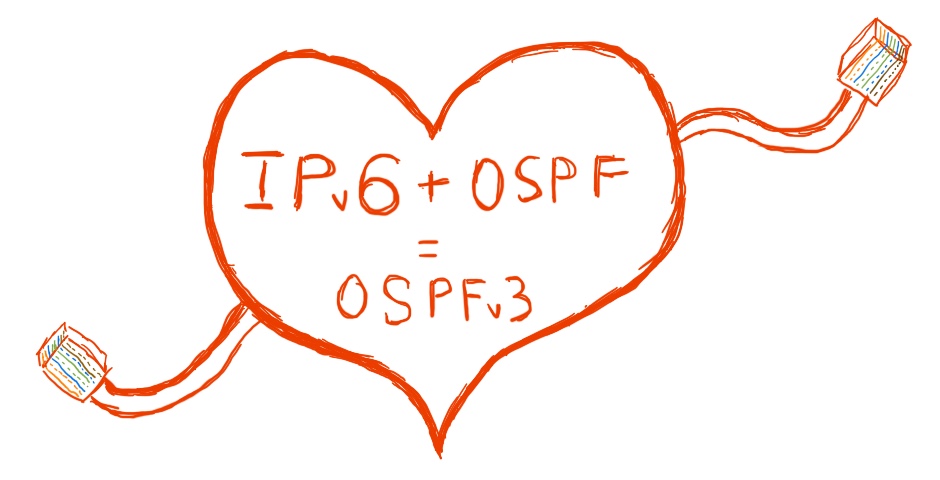Dear friend,
In this post I’d like to discuss with you the very important aspect of project management. Probably it’s the most important part of any project (and our life in general as well). It’s communications, which we build, develop and maintain.
Why is it so important?
In the appendix X3 to the PMBOK you can find short review of the interpersonal skills, what each project manager should have in order to do his job well. It describes communications is the following way (Appendix X3.4):
Communication has been identified as one of the single biggest reasons for project success or failure.
I agree with each word in this definition, because I had many opportunities in my career to see how good communication between all stakeholders and team brings incredible efficiency to the projects and how bad communications kills even well organized and planned project.
It seems that Project Communication Management is one of the easiest (at least shortest) chapter in PMBOK, because it mainly focuses on technical aspects of communication. One of the most important artefacts that you should have as an outcome of the Plan Communication Management Process is communication plan or at least communication matrix that describes the basis for the communication across the project. I’d say that it has the same importance as WBS structure or PSND (project schedule network diagram). Sometimes project managers don’t pay too much attention to this point or makes it selectively, focusing only on key stakeholders as project sponsor or customer. Such approach very often leads to problem with the poor project performance.
There are a lot of questions that must be covered by this commination plan, but there are two questions of particular importance (point 10.1 of PMBOK):
- Who needs what information, and who is authorized to access that information;
- When they will need the information;
So here you should not only establish the communication channels and actively use them, but also you should define the overall rules for all parties involved in the project. By such rules I mean first of mean time to response, acknowledgements and escalation. It’s very important that all team members follow these rules. It’s also good to persuade all other stakeholders to do it, but it might be really challenging tasks, so you should be very careful with them. But for team it’s really necessary, because without such rules it will be very difficult to you to predict the performance.
For example, you define in the plan that weekly report is communicated via e-mail with link to the shared storage. It isn’t necessary to call you and ask, how it’s going on. Everyone (who is authorized) is able to access it online.
Confidential or credible?
Actually “Authorization” is very delicate topic. I know many examples, where companies try to make as much information as confidential as possible. Such approach is also called “least privileged mode”, which means that each employee (in our case team member or stakeholder) has access only to very limited part of information. Frankly speaking I find such approach ridiculous. For sure there is information that must be confidential as personal data or some financial aspects, but in general it makes sense to disclose many topics. At the end of the day this is the question of trust.
If you don’t tell information to team member, because you are scared that they can disclose it further, how can you trust that they do work well?
Myself I’m very curios and try to get as much information about the project as possible, even if I’m not project manager. Different people have different experience, so they may have already answers to your questions. If you don’t disclose important information with your team members, the team always feels it and will start their own findings. Anyway they will get that information, but:
- You will lose your credibility;
- Team might get wrong understanding of that information.
In short words you, as a project manager, should be fully transparent and open with your team. At the end of the day they make the projects and must be respected.
Shadow of the leader
In the management theory (and praxis as well) there is such phenomenon that is called shadow of the leader. It means that you as a project management, as a leader, makes a certain example how to behave. If you don’t tell important information, if you don’t open to e-mails and messages in defined time frames, you can’t expect from your team to do it. On the other hand, if you share the information with colleagues, ask their opinion, you create an environment of engagement. In such environment team members are more likely to be productive and creative, what significantly contributes both for the project success and team building success.
Lessons learned
I have experience to work in both environment. It’s essential for the project success that project team member understand project goals, tasks and believe in them. Then the team will do their best to make it happen. And it’s solely project management’s task to persuade the team.
Conclusion
As we told in the beginning, or what is said in PMBOK, communication is crucial for each and every project, regardless of its size and complexity. Good and open communication builds trust and credibility, what is the glue of the team. One of my favorite entrepreneurs, Richard Branson:
“Put staff first, your customer second and shareholders third”
Practicing this approach he earned not only billions of dollars, but also respect in different areas. Personally I use this formula wherever I can. And what about you?
Support us
Take care and good bye.
Anton Karneliuk






